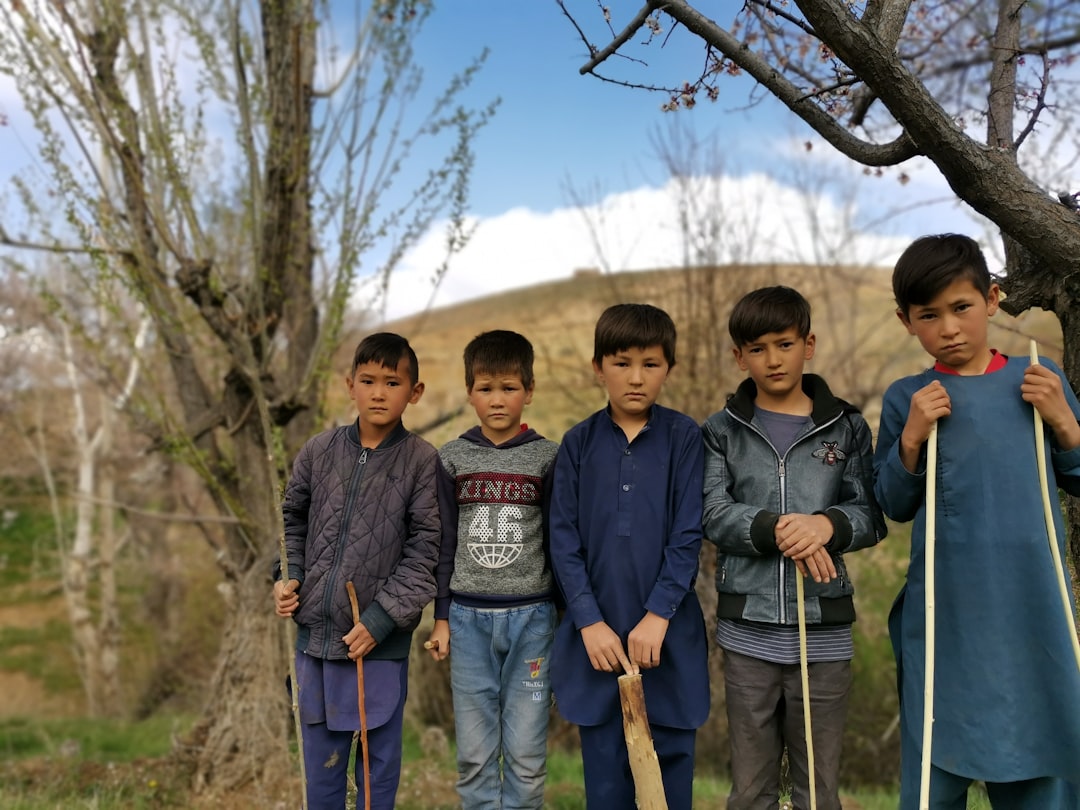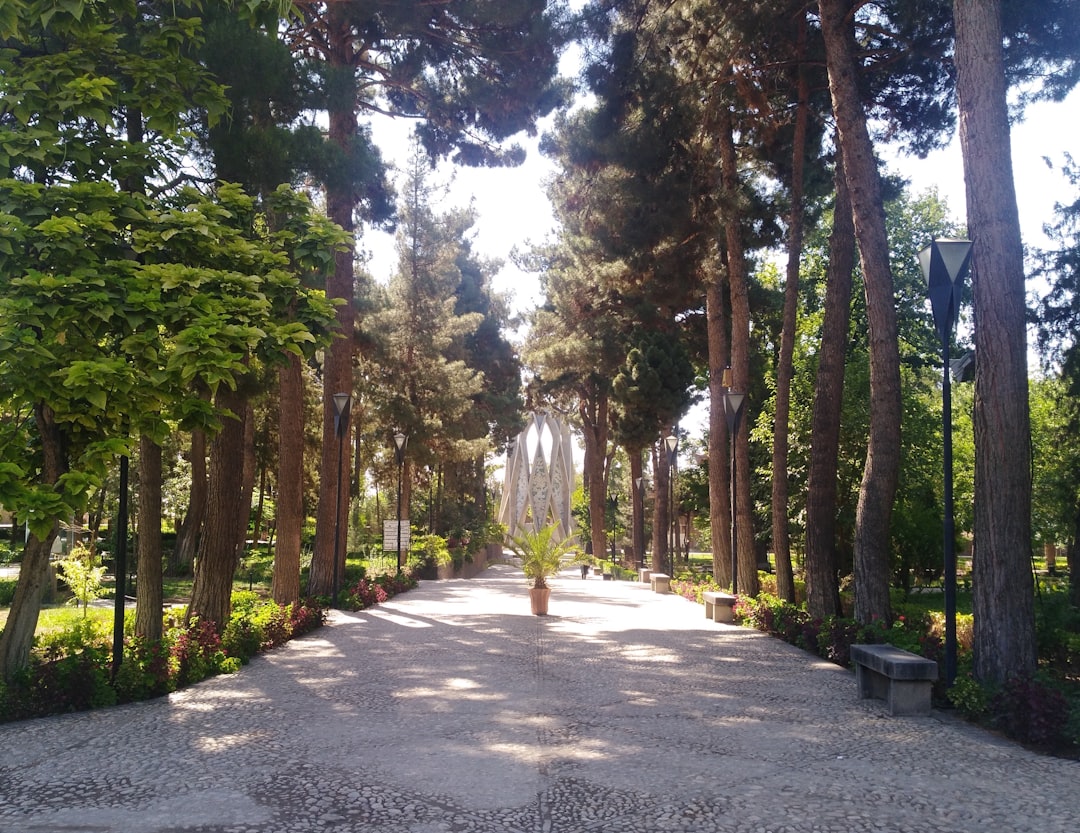Jami of Herat (1414–1492) stands as the crowning figure of the classical Persian poetic and intellectual tradition. A prodigious scholar, jurist, Sufi master, calligrapher, and astronomer, Nur ad-Dīn Abd al-Rahmān Jāmī brought to completion the poetic lineage of Sanā’ī, ‘Aṭṭār, Sa‘dī, and Rūmī—synthesizing their mystical vision with encyclopedic learning. His works not only refined the language of love and devotion but also exemplified the harmonious interplay of art, science, and spirituality in Timurid Iran.
A Life of Learning and Devotion
Born in the vibrant cultural hub of Herat in the Timurid realm, Jami was immersed from childhood in the madrasa tradition. By his early twenties he had mastered jurisprudence (fiqh), theology (kalām), and hadith, earning the title “Ḥāfiẓ” for his memorization of the Qur’ān. Yet his passions were manifold:
-
Mysticism: Under the guidance of the eminent Naqshbandī sheikh Ubayd Allāh Aḥmad-ī Sam‘ānī, Jami delved into Sufi practice, eventually becoming a spiritual authority in his own right.
-
Poetry: He wrote in every major Persian metre, renewing classical forms—ghazal, qasida, masnavī—while infusing them with fresh philosophical depth.
-
Sciences: His treatises on astronomy and mathematics display a rigorous command of observational methods and theoretical calculation.
-
Calligraphy and Art: A master of the nasta‘līq script, Jami’s manuscripts were prized for their elegant penmanship and illumination.
Major Works: Where Learning Meets Longing
Haft Awrang (“Seven Thrones”)
Jami’s most celebrated poetic collection, the Haft Awrang is a suite of seven masnavī romances and allegories:
-
Salāmān wa Absāl – A tale of princely renunciation and divine friendship.
-
Yūsuf wa Zulaikha – Recasting the Qur’ānic story of Joseph and Potiphar’s wife as a journey from carnal desire to spiritual union.
-
Leylī wa Majnūn – A Sufi reading of the classic romance, emphasizing the lover’s madness as a metaphor for annihilation in God.
-
Haft Paykar (Jami’s version) – An adaptation of Nizami, enriched with ethical commentary and devotional subtext.
-
İskandar-nāma (Jami’s Alexander) – Reimagining Alexander’s quest as a microcosm of the soul’s search for truth.
-
Mu‘amma-yi Iskandar – A lyrical mystery poem.
-
Salāmān u Mentashīr – Exploring the interplay of chance and destiny.
Together, these narratives demonstrate Jami’s gift for blending exquisite storytelling with layers of moral and mystical teaching.
Fawā’id al-Fu’ād (“Gleanings of the Heart”)
A prose-poem manual of Sufi doctrine and practice, this work outlines the stations of the path, the importance of ethical conduct, and the role of love as the engine of spiritual progress. Jami’s lucid style and systematic approach made it a staple in Naqshbandī circles for centuries.
Lubāb al-Albāb (“The Essence of Hearts”)
An encyclopedic anthology of poetry—both Persian and Arabic—this two-volume compendium preserves the wisdom of earlier masters and Jami’s own lyrical gems. It reflects his conviction that poetry and knowledge are inseparable avenues to the Divine.
Astronomical and Mathematical Treatises
Jami authored commentaries on Ptolemy’s Almagest, as well as original works on planetary motions and calendar reform. His integration of empirical observation with philosophical reflection exemplifies the polymath ideal of the Renaissance East.
The Culmination of a Tradition
By Jami’s time, Persian poetry had evolved through successive “schools”:
-
Early Sufi Didactic (Sanā’ī’s Ḥadīqat)
-
Allegorical Mysticism (‘Aṭṭār’s Conference of the Birds)
-
Ethical Storytelling (Sa‘dī’s Golestān and Būstān)
-
Epic Romance and Spiritual Quest (Nizāmī’s Khamsa, Rūmī’s Masnavi)
Jami gathered these currents into a single, mature vision—the Haft Awrang dialogues synthesize narrative allegory and Sufi psychology; his prose works codify mystical practice; his scientific writings demonstrate that rational inquiry and spiritual insight are complementary. In doing so, he provided a fitting finale to the golden age of classical Persian literature.
A Living Legacy
Jami’s influence extended far beyond his lifetime:
-
Manuscript Tradition: Herat’s ateliers produced illuminated copies of his works that spread across the Ottoman, Safavid, and Mughal worlds.
-
Sufi Lineages: The Naqshbandī order, to which he belonged, preserved his Fawā’id as a foundational text for love-centered practice.
-
Modern Resonance: Translations into European and South Asian languages in the 19th and 20th centuries helped revive interest in classical Persian thought, with Jami often hailed as the “last great classical master.”
Conclusion
Nūr ad-Dīn Jāmī embodies the polymath ideal: a jurist who loved verse, a mystic who studied the stars, a calligrapher whose pen inscribed both law and lyric. By blending the ethical rigor of earlier Persian sages with the ecstatic fervor of Sufi devotion—and grounding both in a broad scholarly framework—he brought the classical tradition to its fullest flowering. In the Haft Awrang, the Fawā’id, and his myriad other works, Jami offers a legacy of unity—between heart and mind, poetry and practice, humanity and the Divine—that continues to inspire seekers across cultures and ages.





